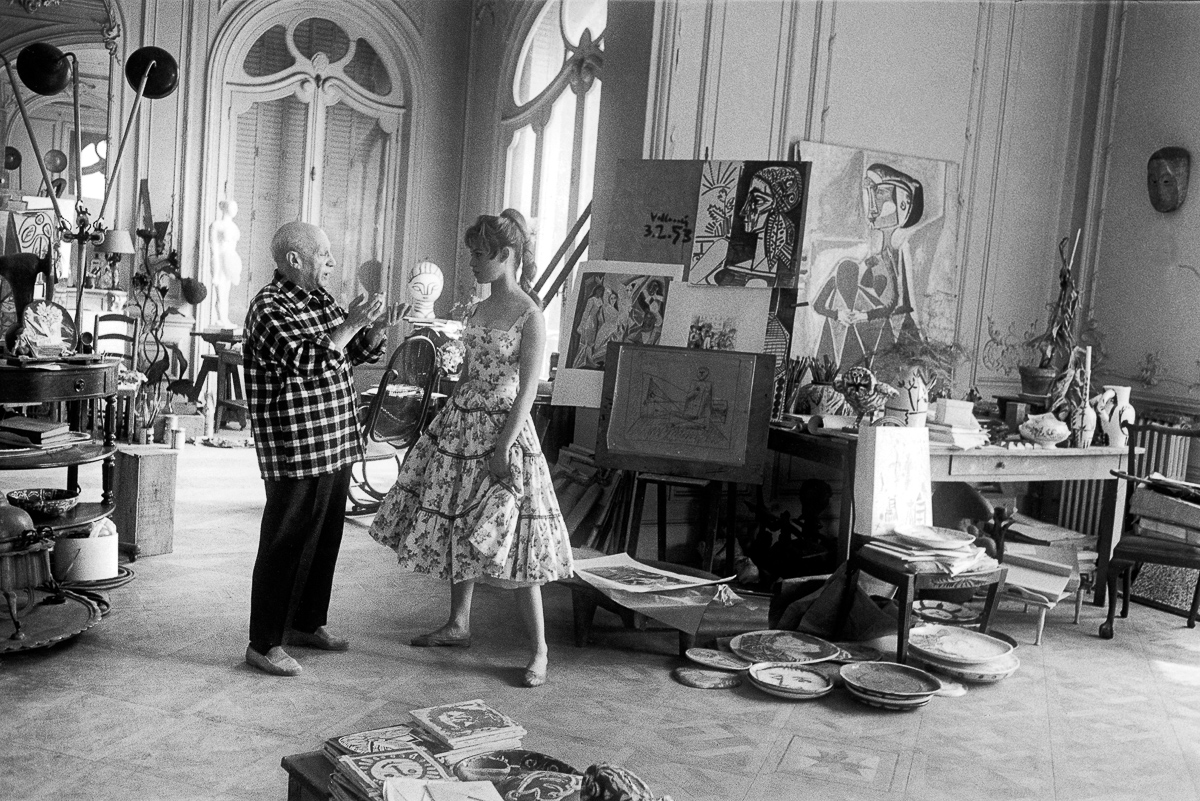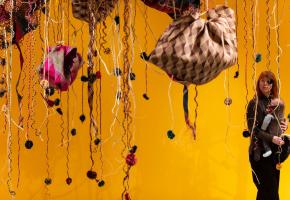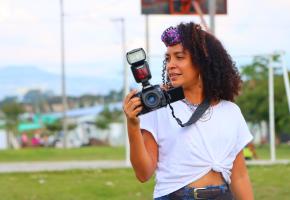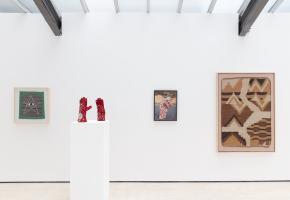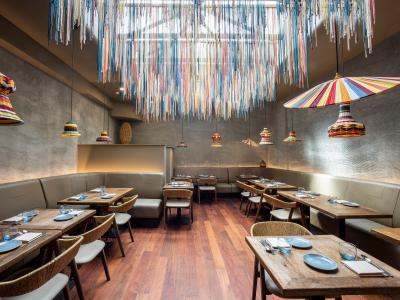Picasso's studio in the south of France.
People of the stature of Pablo Picasso have probably exhausted what someone can say about their talent and work. In the case of Picasso, his output was so vast as to swamp most others. He drew compulsively, from spontaneous sketches on table napkins, to experimenting with painting on glass, ceramics, newspapers and on all types of paper. He even filmed himself drawing in the air with light.
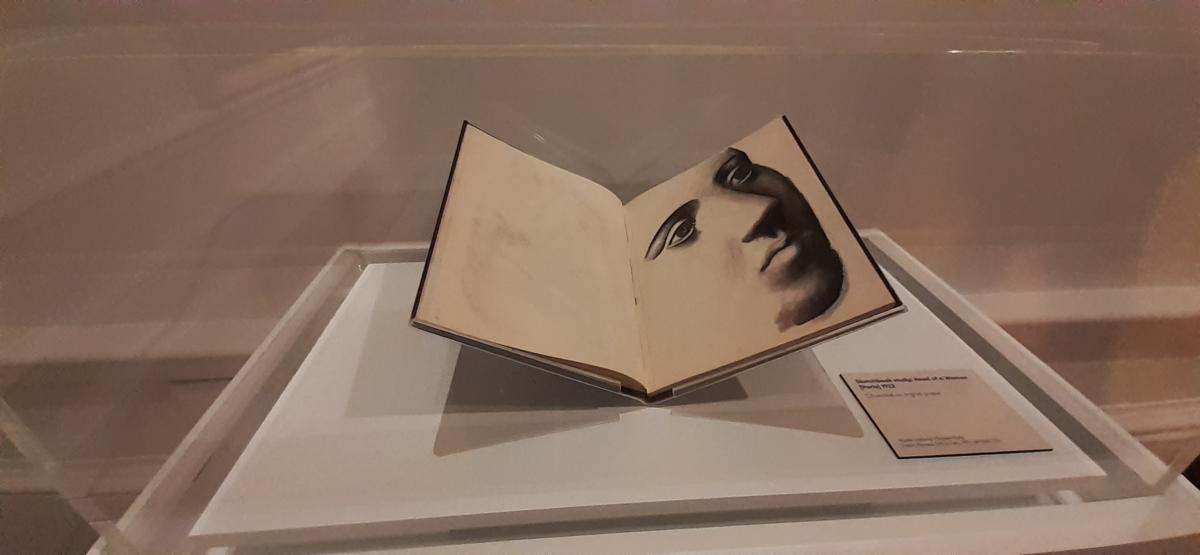
Sketch book study.
He created paper collages that, in some cases, were huge, up to 4.8 metres wide. What did he not do with paper, would be a better question! He cut it, burnt it, pasted it, painted it and developed ideas that inspired artists, art lovers and whole movements. He created rich collections of drawings and collages for specific projects, as in the case of the early guitar studies, or the later studies for ‘Guernica’ as he developed the idea from analysing individual sections and characters, to the whole composition. With total bravura, Picasso incessantly took on a multitude of themes, which he then explored almost to infinity… and beyond! There is no end to his creativity always mingled with his sense of fun and play.
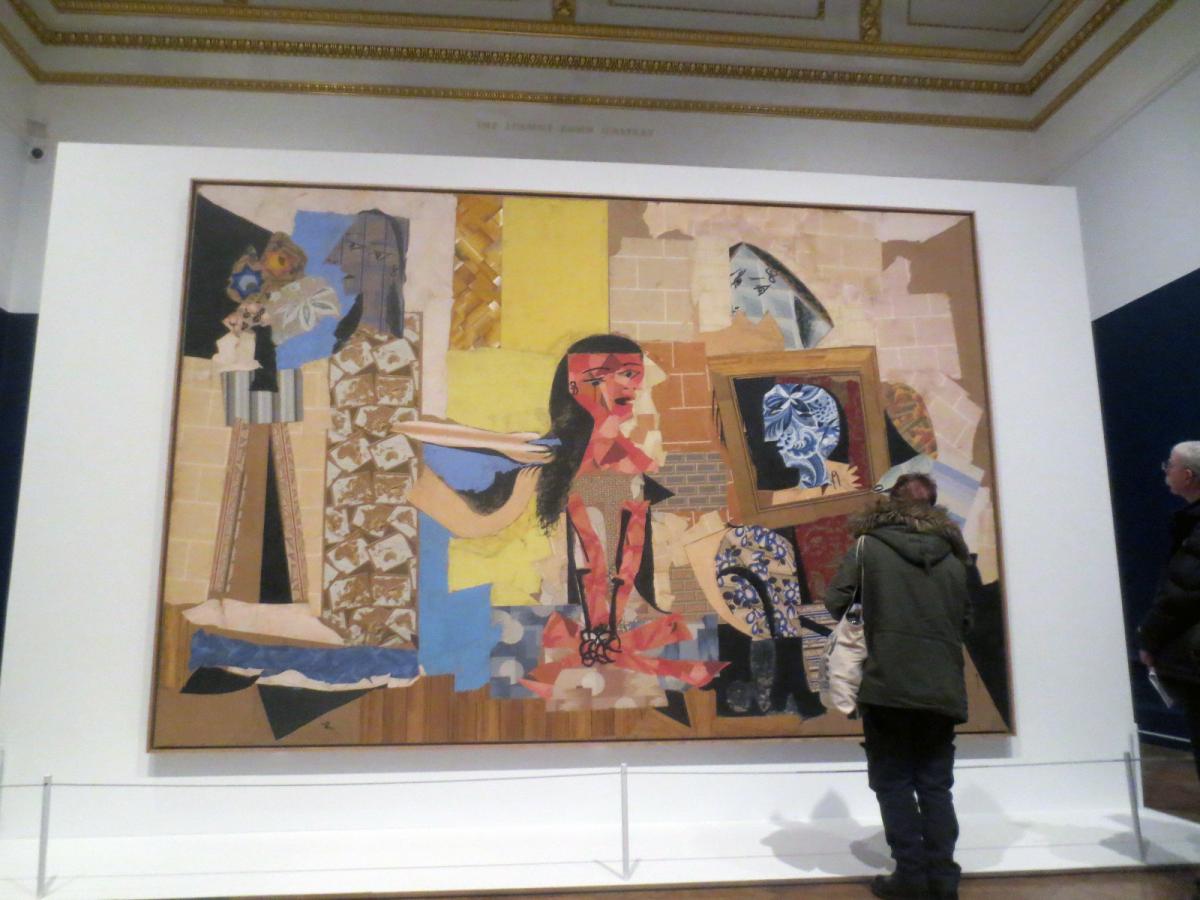
Collage.
The RA exhibition is showing a very comprehensive body of Picasso’s works on paper. This is the advantage of paper works! They demand a far smaller insurance premium, as opposed to paintings. So, where a gallery can afford to show only a handful of paintings, it can afford a huge outlay of drawings, all to our benefit, for this is where you can see his genius at work, buzzing and pulling apart all ideas to every extreme. Nothing is superficial, everything is profoundly examined from every possible angle employing every possible technique. An idea, or a theme will be developed, so it could become a print, a watercolour, a cut-out, a collage, a detailed drawing or be simplified to a few minimal lines on a white sheet of paper that would still synthesize the essence of his subject.
Born in Málaga, Spain, on October 1881, Picasso lived till he was 92 years of age, dying in 1973. At the tender age of 11, he was already studying art at the School of Fine Arts in Barcelona where his father was a tutor. Aged only 16, he moved to Madrid to study at the Real Academia de Bellas Artes de San Fernando, the top Fine Art academy in Spain at the time. Still in his teens, he went to Paris, where, while living with his friend, the poet and journalist Max Jacob, he was so poor, they sometimes had to burn the paintings to keep warm!
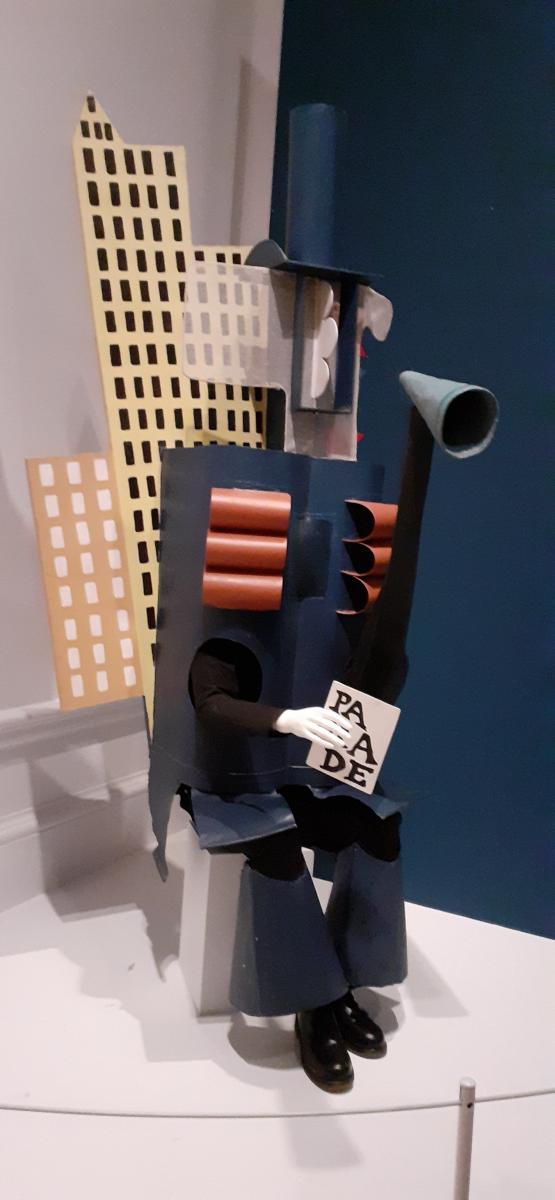
Design for costume in ballet/ theatre.
Always sensing the changes in the direction of the art movements, Picasso never failed to experiment with them, often managing to take them to new heights. Around 1901, he launched into the ‘Blue Period’, featuring recurring subjects like poverty, alcoholism and even blindness. It is thought he was deeply affected by a close friend’s suicide. This was followed by a ‘Rose Period’ of warmer, shades of pinks and yellows that also included more playful subjects such as circus acrobats, clowns and harlequins.
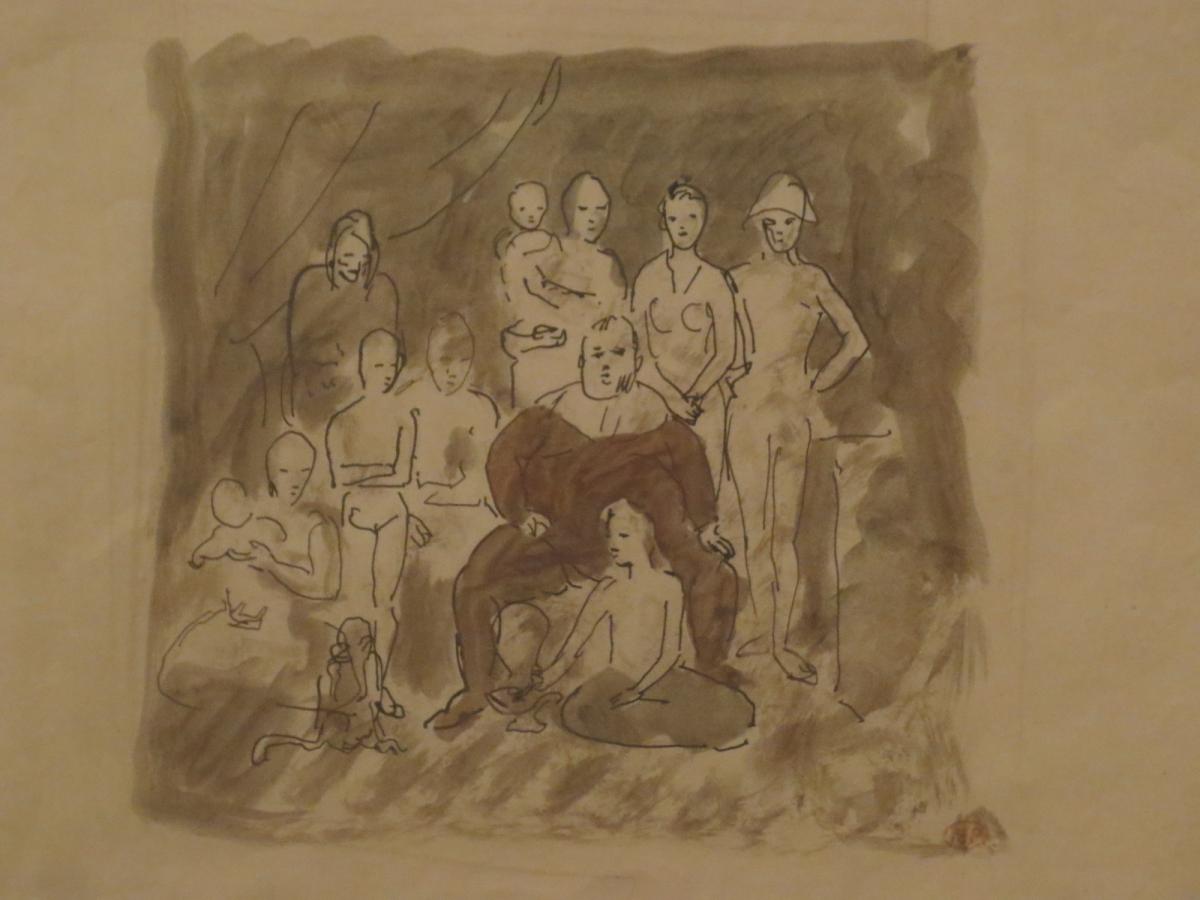
His close friendship with George Braque led him to create a whole series of works with a palette of earth tones and this developed into an analysis of deconstructed objects, like guitars and a more in-depth period of ‘Cubism’ which lasted nearly seven years. His fascination with African Art and Primitivism remained with him for a long time and gave birth to the famous “Les Damsoiselles d’Avignon, and these sculptural shapes fitted nicely with his love of Cubism.
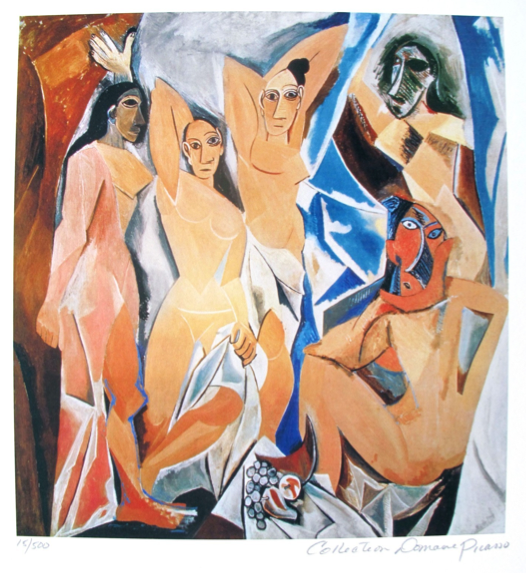
To understand many of the motivations and the evolution of Picasso’s work, one must also look at the role that women played in Picasso’s life, as they were all very significant. His wives and lovers became his main subjects or ‘muses’, starting out with his seven-year partner Fernande Olivier, who features in many of his Cubist works. Throughout his long life, he does not appear to have been alone for long, if at all. The women interestingly seem to mark chapters in his life. Eva Gouel died young, of TB and after a string of brief relationships he married Olga Khoklova, a Russian ballet dancer in 1918. They had a son, but the relationship died in all but name, although he refused to divorce as he knew he would have to forgo half of his fortune. During his Cubist period, he began the typical deconstruction of the facial features that developed into a style so typical of his work. These works often convey a three- dimensional element to the two- dimensional image. By displacing features, like the nose, the eyes, even the mouth, he introduces a sensation of movement. It is as if he is capturing the different positions of the features as they move, creating animation in a still image. This gives his works a particular kind of dynamism, that is exclusively ‘Picassean’!
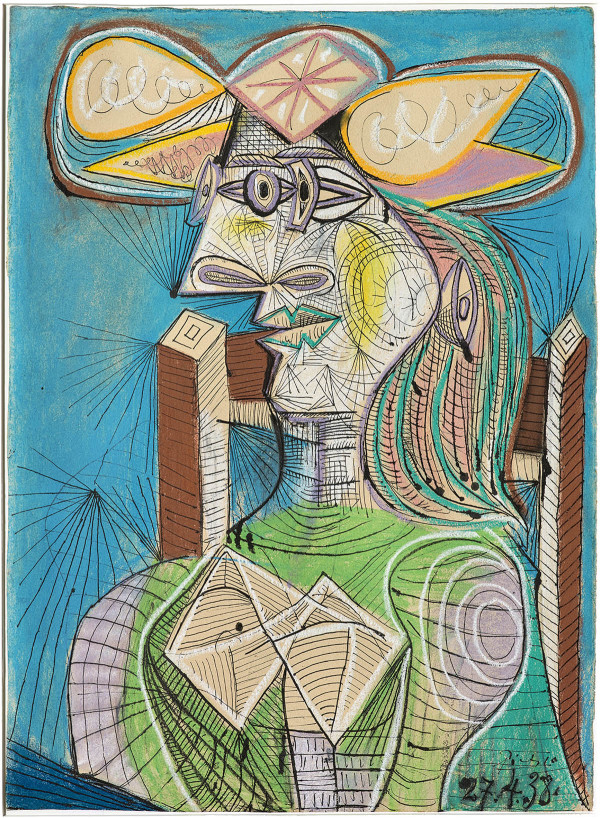
Dora Maar
The Muses
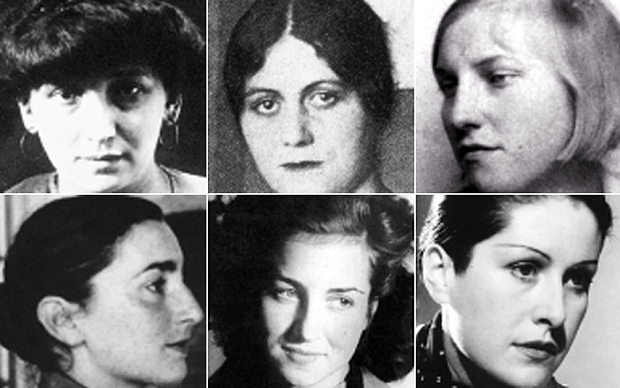
Picasso wives and lovers : From left top clockwise, Fernande Olivier, Olga Khoklova, Marie-Thérèse Walter, Dora Maar, Françoise Gilot and Jacqueline Roque
He was involved with Dora Maar during the period of his well- known ‘Guernica’ works depicting the bombardment of that city by German bombers during the Spanish Civil War. During this difficult time, the menacing minotaur emerged as a central symbol, replacing the Harlequin of earlier times.
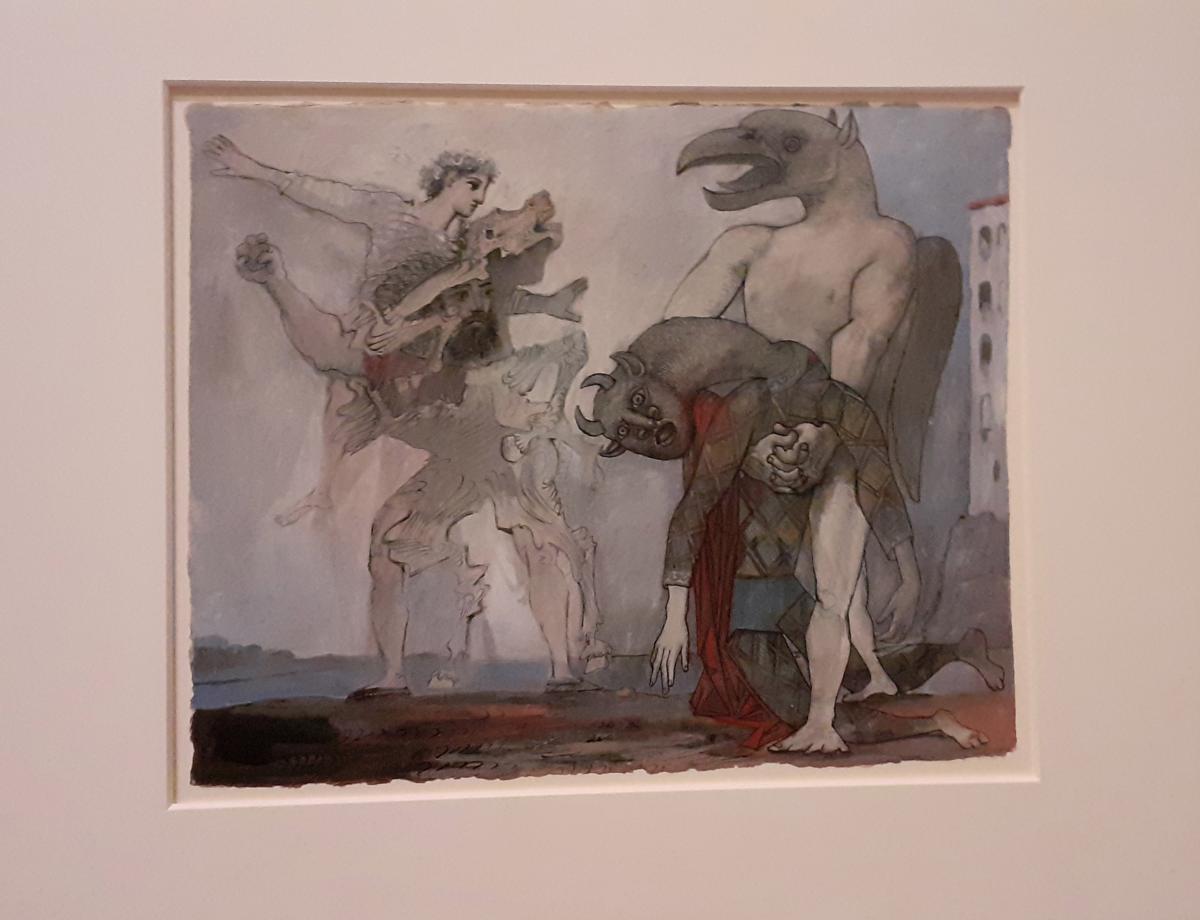
During the war and the German occupation of Paris, where he was living, he continued to work with some difficulty. He began to write poetry and he wrote two plays as well. After the liberation of Paris, he began a five-year relationship with the much younger Françoise Gilot, with whom he had a son and his daughter Paloma. During this period, he concentrated on his sculptures, many of which were shown at an international exhibition held in the Philadelphia Museum of Art in 1949. Olga Khoklova died in 1955, never having managed to obtain a divorce. Finally, in 1961, the 79-year old Picasso married the 27- year-old Jacqueline Roque. She proved to be the greatest muse of all, inspiring some of his best work. During the 17 years that they were together he produced in excess of 70 portraits of her.
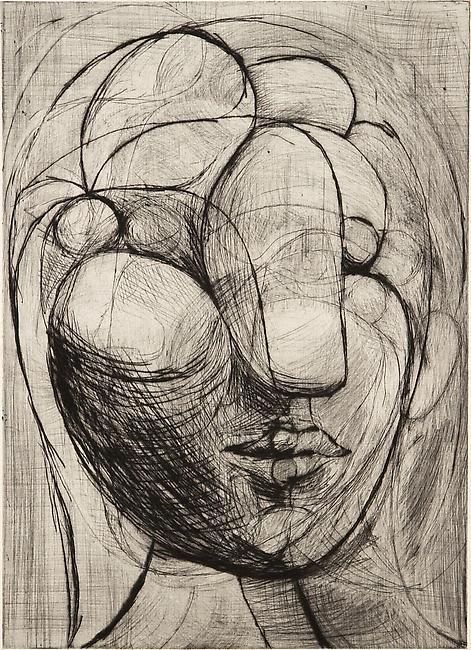
Study for female head.
Picassos' work was endlessly evolving throughout his life, from almost photographic representations done in his youth, through experiments with Cubism and Surrealism, to the creation of his own very personal way of tackling an image. The women in his life played a fascinating and constant role as sources of inspiration and he always proved to have the courage to follow his vision with astounding single- mindedness and self-confidence, reinterpreting everything that he saw and experienced.
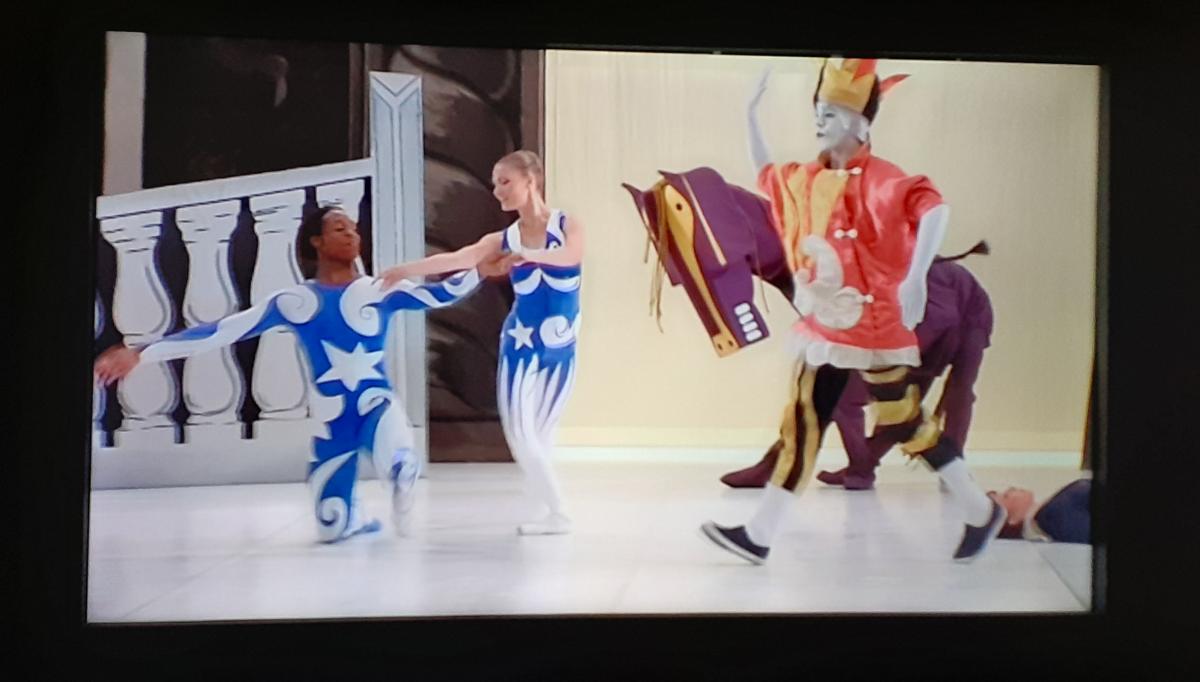
Theatrical universe created with Picasso designs for a ballet, recreated in 2008.
PICASSO AND PAPER : Exhibition at the Royal Academy of Arts, (Piccadilly) London and the Cleveland Museum of Art in partnership with the Musée National Picasso-Paris. Picasso and Paper is open every Friday until 10pm. We will also be open until 8pm on Saturday 25 January and 4 April.
25 January — 13 April 2020
Daily 10am – 6pm Friday 10am – 10pm


